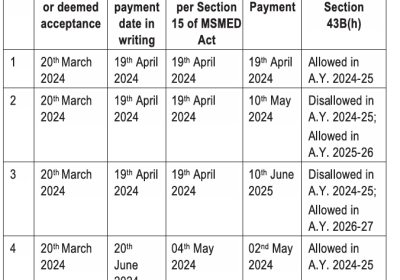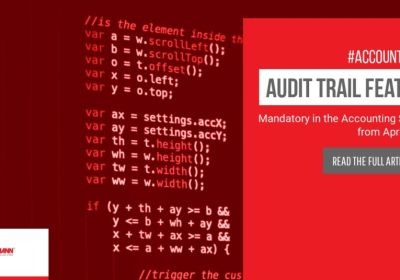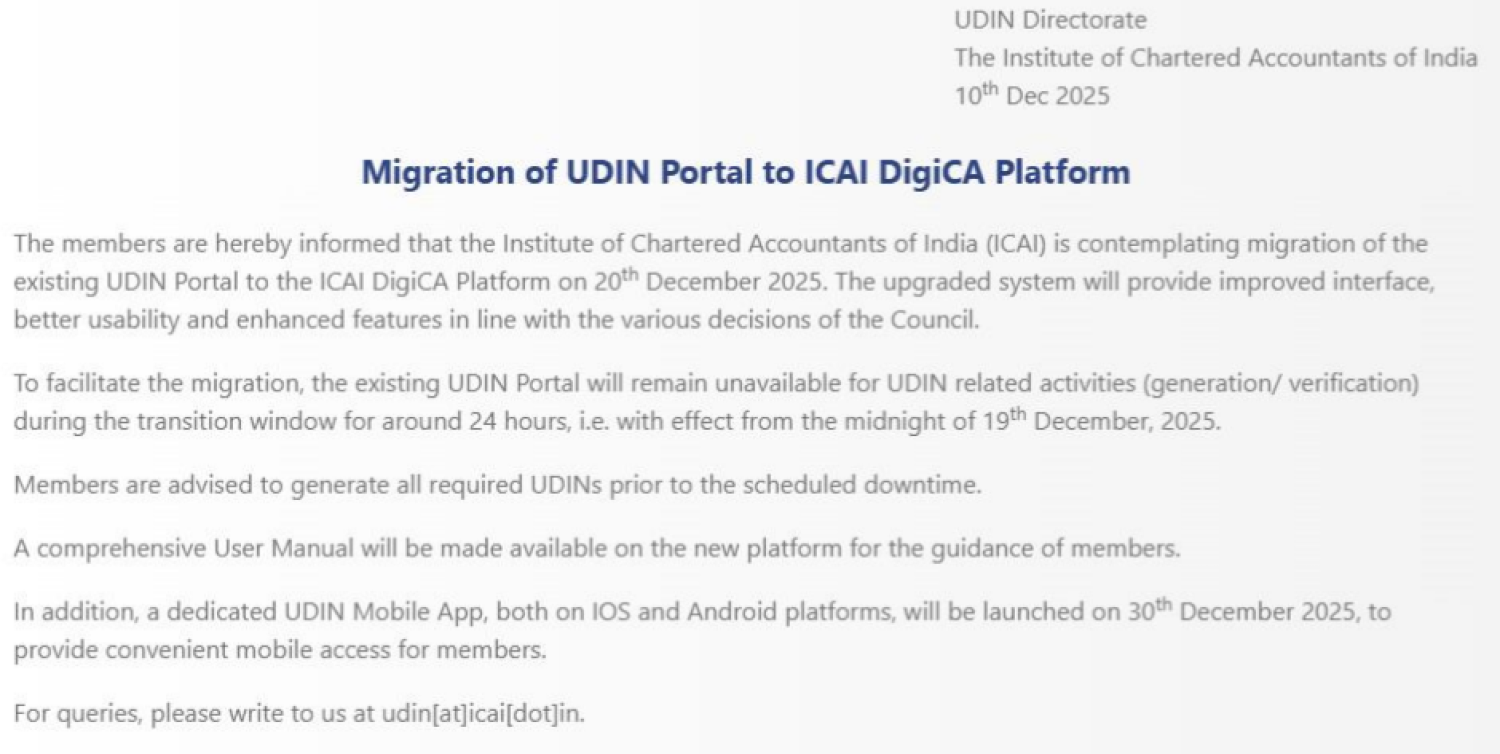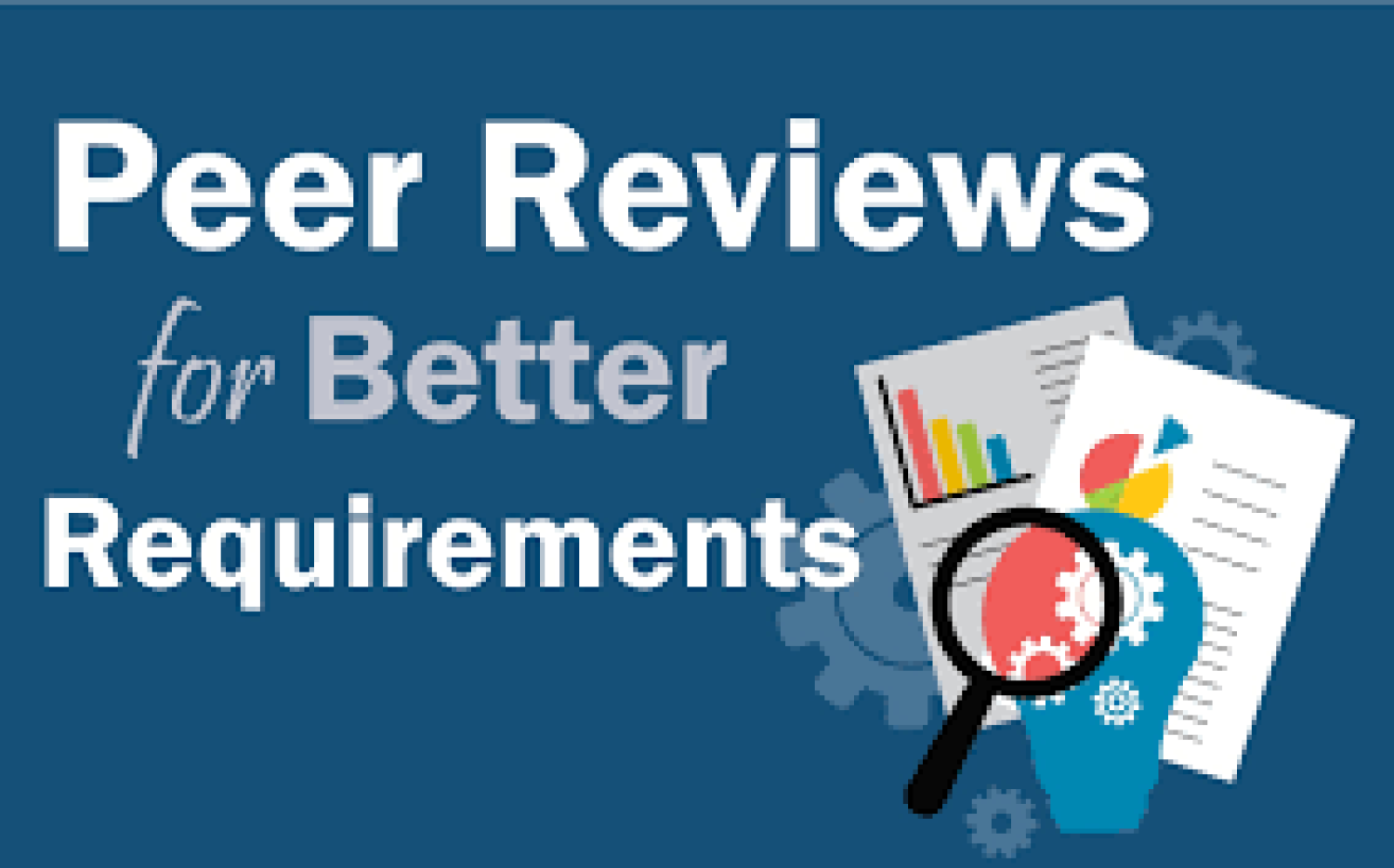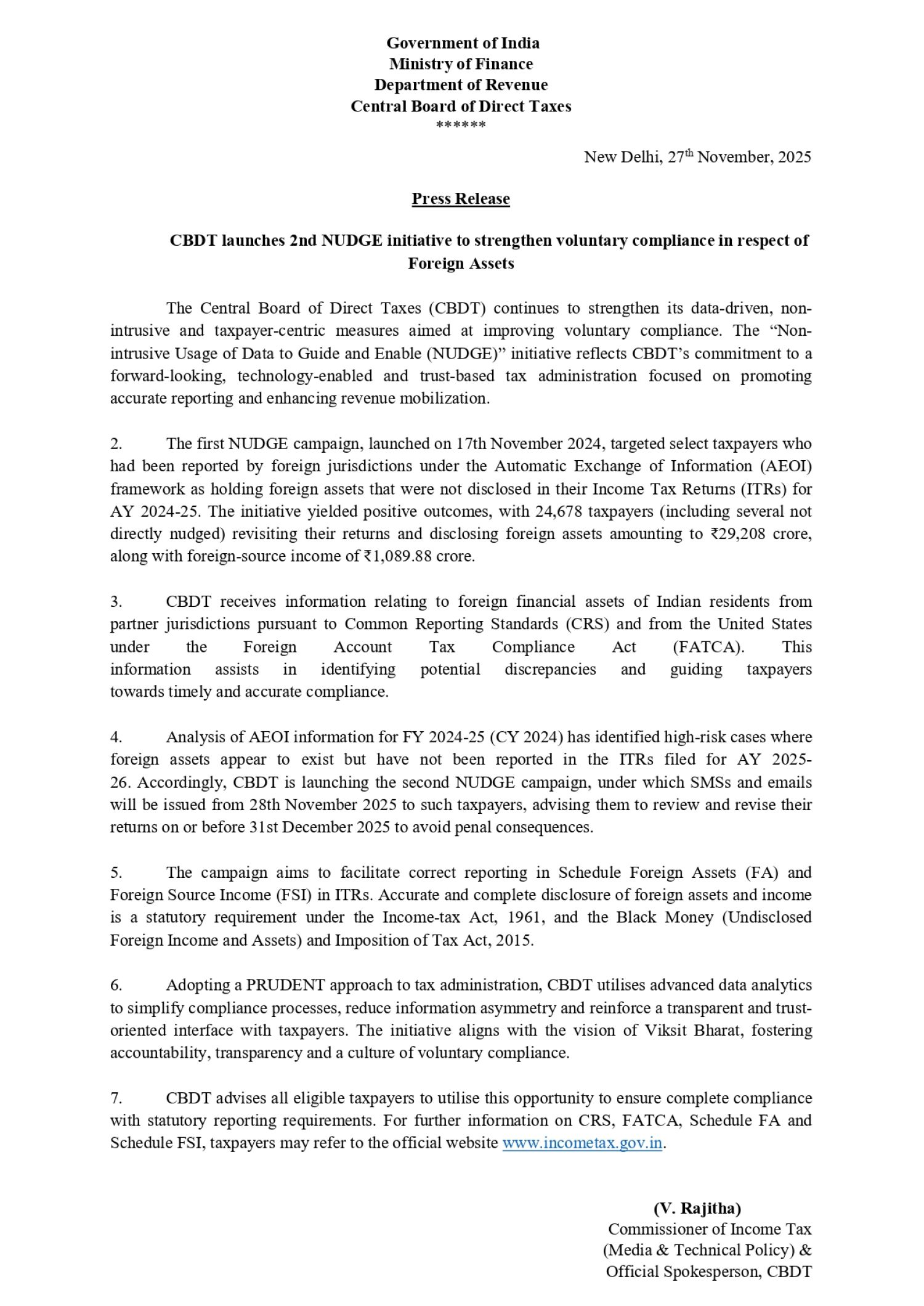Table of Contents
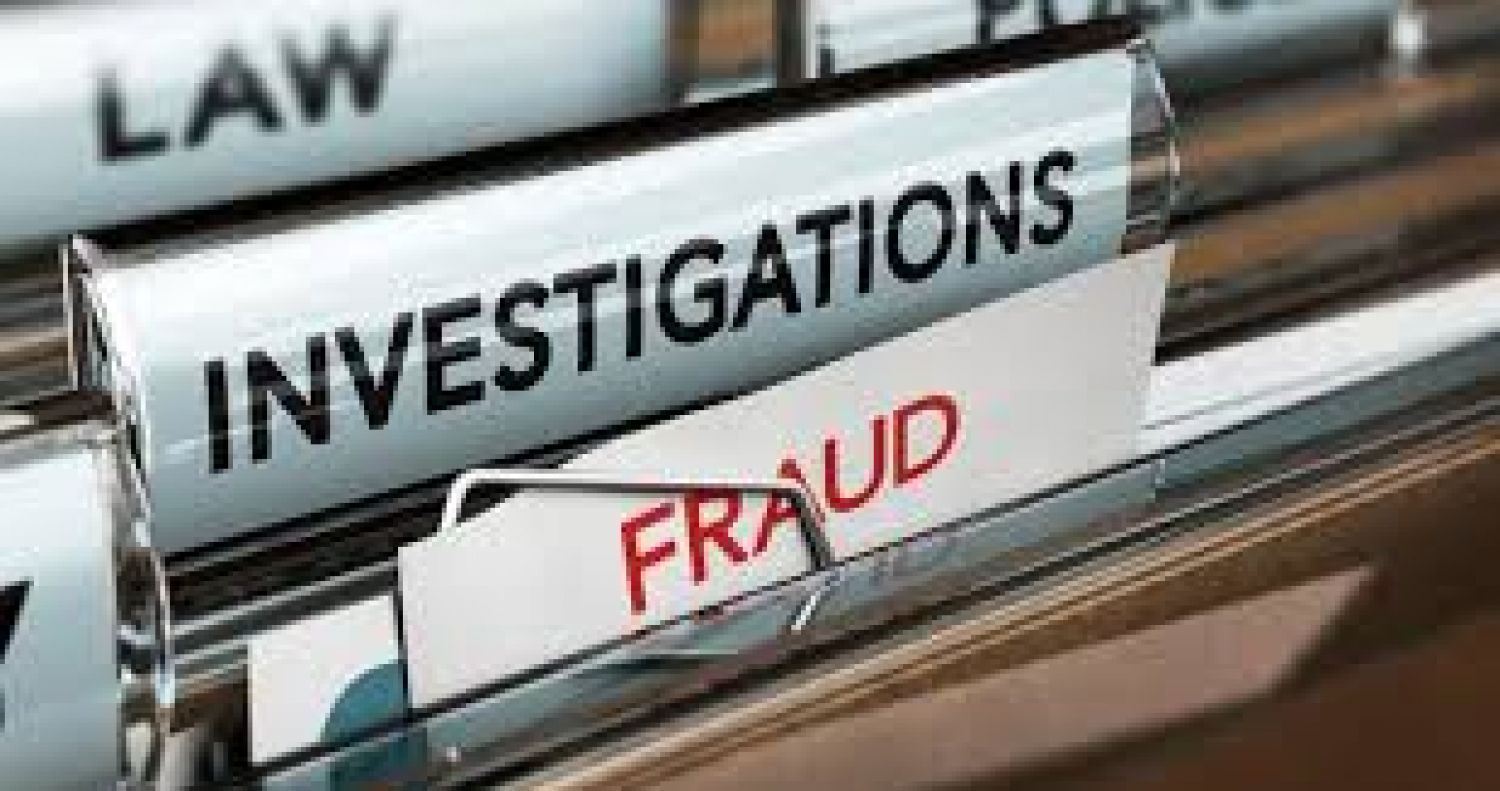
Learn how to recognize internal signs / Financial Statement fraud: Fraud Red Flags
1. Accounting irregularities, such as increasing sales without a corresponding rise in cash flows. Sales are much harder to control than cash flow, but they can work more or less in parallel over time.
2. Consistent demand growth while existing rivals are facing poor success times. It can, of course, be attributed to successful company practices rather than illegal conduct.
3. A significant and unexplainable rise in the number of day-to-day purchases of receivables, in addition to increasing inventories. This implies outdated products on which the company reports hypothetical potential profits.
4. A substantial improvement in the output of the company during the final fiscal period of the fiscal year. The organization can be under immense pressure to meet the demands of analysts.
5. The organization retains high operating profit margins as the business is under market attack. This may theoretically suggest an inability to consider spending or an insufficient identification of sales.
6. A significant build-up of real assets. Unexpected accumulation of fixed assets may imply the use of operating expenditure capitalization rather than identification of expenditure.
7. Strategies for depreciating and calculating the useful life of properties that do not suit that of the industry as a whole. An exaggerated.
8. A poor internal control system. Effective corporate governance and regulatory monitoring reduce the risk that deception in the financial statements will go unnoticed.
9. Excessive volume of complex related-party or third-party loans, many of which do not add substantive value (can be used to shield debt from the balance sheet).
10. 10. The company is on the verge of violating its debt obligations. To order to prevent technological losses, management can be required to change the debt levels fraudulently.
11. The auditor has been replaced, resulting in a missing accounting time. Auditor substitution will signify a strained arrangement as the delayed accounting period provides more time to "correct" financials.
12. The vast amount of management pay is extracted from incentives based on short-term goals. This offers an opportunity to commit a crime.
13. Main employees of the company are involved in gambling and other criminal activity, Record of large loans, Wealth base is higher than profits received to date, Expenditure is greater than their monthly pay off and sudden changes of lifestyle without a rise of pay off.
14. Increased modifications without clear reasons lead to incidents of theft involving workers with the intention of covering such transactions.
15. Adjusting the entries in the financial statements not followed by accompanying notes detailing the explanations for the changes and relevant documentation.
16. Excessive modification of account book records as a means to conceal any of the funds misappropriated in the past. For example, some of these changes may require modifications to the consumer that dramatically impact financial performance over a particular period of time.
17. Frequent complaints about certain personnel or processes may be an indicator of fraud. If an agency gets repeated allegations from a senior employee.
18. A large number of invoices provide space for dishonest activity when various internal and external parties tend to benefit from the exponential development of the company, and there might be instances of unrecorded payments, or where they are reported, they are understated in amount and quantity.
19. The accounting department of the organization may improperly process multiple payments to a vendor or service provider for both legitimate and fake/non-existent vendors or service providers.
20 Organizations can encounter regular cases of recorded missing records belonging to vital departments. If the level of incidence is too regular, it may be a symptom of continuing misconduct within the organization.
21 Excessive inventory shrinkage-Shrinkage can be tracked by contrasting sales stock and current stock with the previous year's record of existing stock.
22.Excessive purchasing (Qty & Amount) as opposed to sales (Qty & Amount) – False payees can be used to transfer funds or to offer short-term loans to businesses.
23.Write-offs of inventory or cash shortages without any effort to ascertain the reason.
24. Unfinished and untimely bank reconciliations and wrongly reconciled financial transfers.
25. Supplier addresses and other information that suit the emails/names of employees.
26.Payouts to vendors that do not appear on the authorized list of vendors and to the Vendor Master of the Business.
27.The total absence of physical protection for assets/inventories and other valuables.
28. Workers have overlapping Social Security numbers, SAP Ids, names, and emails.
29.An unusual amount of items of cost, equipment, or refund to the employee.
30.The surplus volume of transactions at a cut-off date relative to transactions over time.
31. Constant rollovers of unsecured loans and loans and guarantees on favorable conditions.
32.Major downsizing in a stable economy and a strong rising sector. A substantial decrease in regular running costs along with improved revenue. Substantial increase in gross profits.
33. The products of the company are priced at and beyond market prices and the sale of assets over and above market values.
34.Round – Sum Invoices – Fraudsters also make invoices of rounded numbers. If you don't see any pennies, it could be a warning that you need to dig at the invoice more.
35. Invoices a little under Approvement Amounts-Some workers may be aware of the dollar threshold for management approval and make an invoice just below that approval level. For eg, if the approval threshold is $5,000 and you get an invoice for $4,998, you may want to do a little more work on that invoice.
36.Quick turnover of main managers and employees at the Company's central point.
Above is the basic understanding of the Know how to recognize internal signs / Financial Statement irregularities: RED FLAGS

